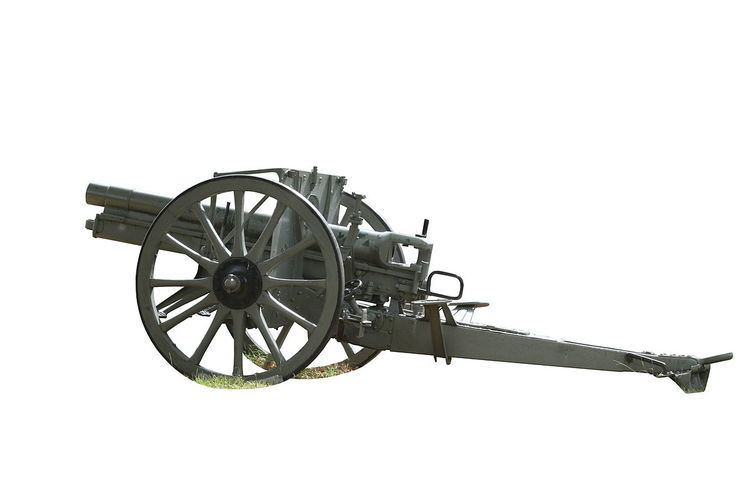Weight 1,020 kg (2,250 lb) | No. built 5,086 | |
 | ||
Used by Kingdom of BulgariaEstoniaFinlandGerman EmpireLatviaLithuaniaSecond Polish RepublicOttoman Empire | ||
The 7.7 cm Feldkanone 96 neuer Art (7.7 cm FK 96 n.A.) was a field gun used by Germany in World War I.
Contents
Description
The gun combined the barrel of the earlier 7.7 cm FK 96 with a recoil system, a new breech and a new carriage. Existing FK 96s were upgraded over time. The FK 96 n.A. was shorter-ranged, but lighter than the French Canon de 75 modèle 1897 or the British Ordnance QF 18 pounder gun; the Germans placed a premium on mobility, which served them well during the early stages of World War I. However, once the front had become static, the greater rate of fire of the French gun and the heavier shells fired by the British gun put the Germans at a disadvantage. The Germans remedied this by developing the longer-ranged, but heavier 7.7 cm FK 16.
As with most guns of its era, the FK 96 n.A. had seats for two crewmen mounted on its splinter shield. Guns taken into service by Finland, Poland, Lithuania, Estonia and Latvia upon independence in 1919 served until replaced during the 1930s.
Ammunition
It mainly used the K.Z. 11 time fuze or the later L.K.Z. 16 contact fuze.
